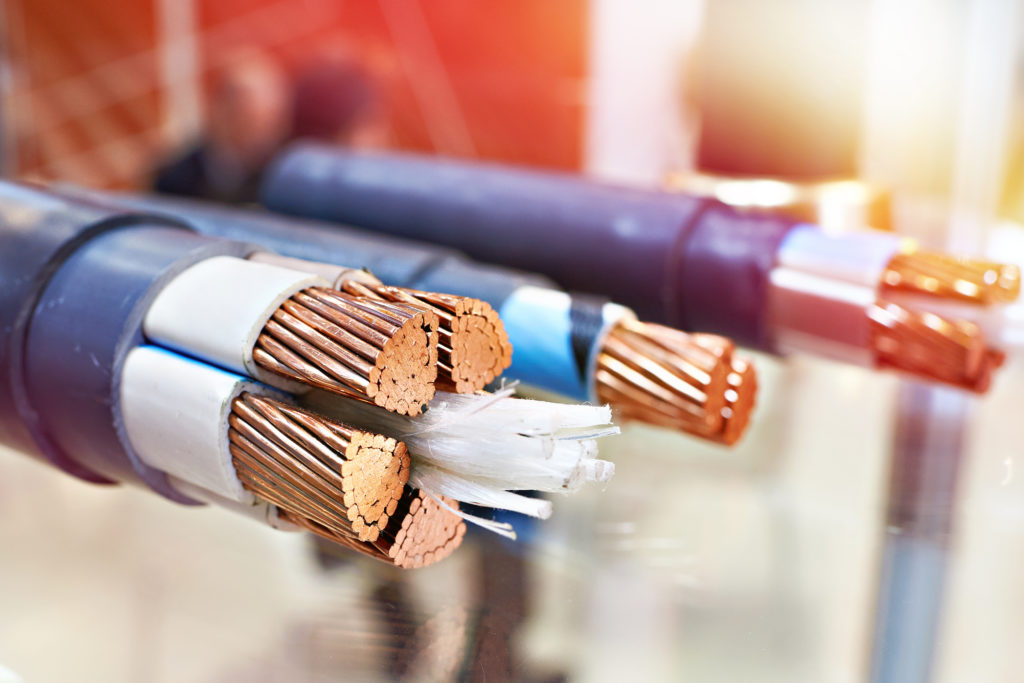- Tue. Apr 23rd, 2024
Latest Post
Copper Prices Reach Two-Year High Due to Growing Demand for AI and Electric Vehicles.
According to experts in the metals industry, demand for new metal products is projected to increase by 10 million tons. Graeme Train, head of metals analysis at Trafigura, stated that…
Jerry Seinfeld’s New Film, Unfrosted, Offers Fresh Perspective on the Evolution of Movies and Entertainment
Jerry Seinfeld recently spoke out about the current state of the movie business, stating that there is a sense of confusion among show business workers. In an interview with GQ,…
Tennis Superstar Novak Djokovic Wins Laureus World Sports Awards’ Sportsman of the Year for a Record Fifth Time: Who Are the Other Nominees?
Novak Djokovic, a tennis star, won the prestigious Sportsman of the Year award at the Laureus World Sports Awards for the fifth time, tying Roger Federer’s record. He was nominated…
Intense Fire Ravages North Lincoln Auto Business, Causes $650,000 in Damage
A fierce fire broke out at an auto business in north Lincoln on Monday afternoon. The blaze was reported near 23rd Street and Cornhusker Highway around 2:30 p.m. According to…
Monday’s High School Softball and Baseball Games Highlight Exciting Competition for Playoff Seats
On Monday, April 22, High School Softball and Baseball had exciting games. In softball, Eastwood defeated Socorro 3-1 with Miranda Guillen earning the win. Guillen hit a solo homerun and…
Renault Defies Challenges in Automotive Industry with Positive Revenue Growth and Renewed Sales Volume
Renault, a French car manufacturer, announced on Tuesday that its first-quarter revenue increased by 1.8%. Despite the positive revenue growth, the global automotive industry is facing challenges, particularly with the…
Michigan Tech Runner Sam Lange Sets Season-Best Time, Earns GLIAC Track Athlete of the Week Honor: Preparing for GLIAC Outdoor Championships
Michigan Tech track and field runner Sam Lange recently set a season-best time in the 1,500m race at the Phil Esten Challenge in La Crosse, Wisconsin, earning him the title…
From Iron Curtain to Economic Boom: Central and Eastern Europe’s Journey in the EU
Central and Eastern Europe has seen remarkable economic growth since joining the European Union, contributing 8.7% to the EU’s GDP. The opening of the border fence in 1989 marked the…
Voyager 1 Spacecraft Finally Resumes Sending Usable Data Back to Earth: NASA Confirms Malfunctioned Chip Responsible for Communication Issues
NASA’s Voyager 1 spacecraft, the most distant man-made object in the universe, has finally started transmitting usable information back to Earth after months of sending gibberish. The news was reported…
Colts Owner Jim Irsay Assures Fans of His Health and Control over Franchise amidst Speculations over Respiratory Illness and Past Overdose Rumors
Jim Irsay, owner of the Indianapolis Colts, recently reassured fans and the Colts nation that he is in good health and firmly in control of the franchise. Irsay has been…




